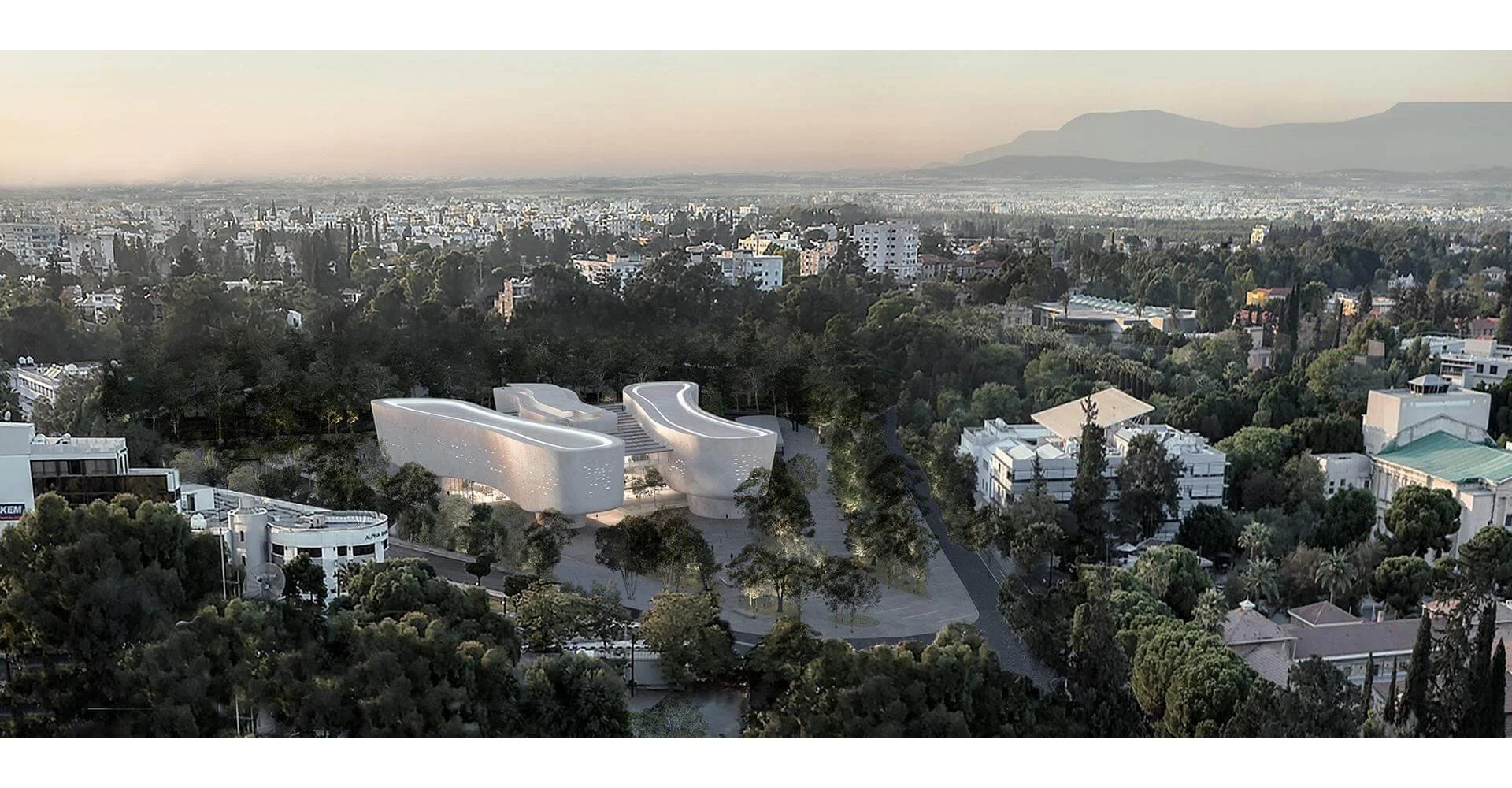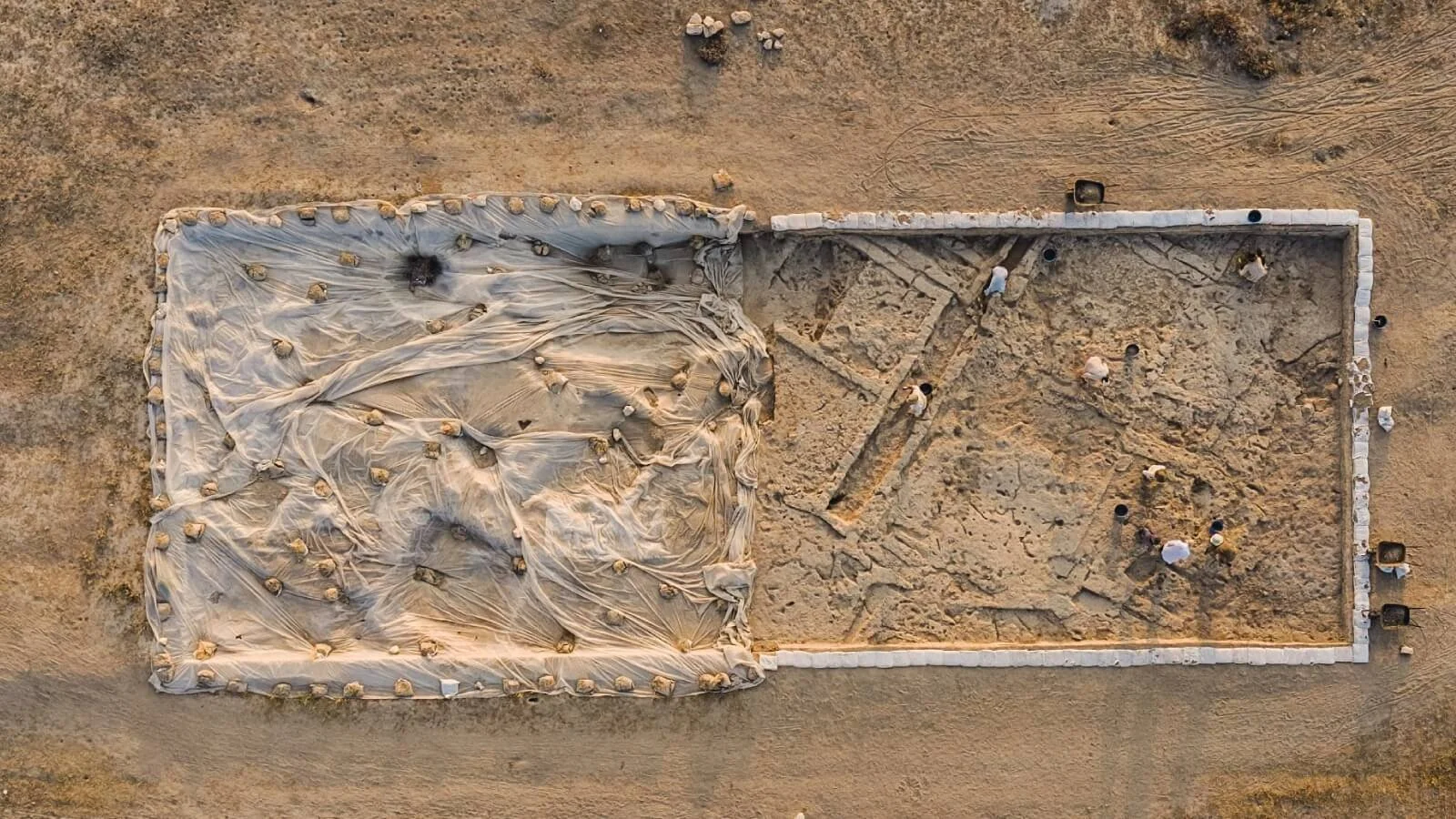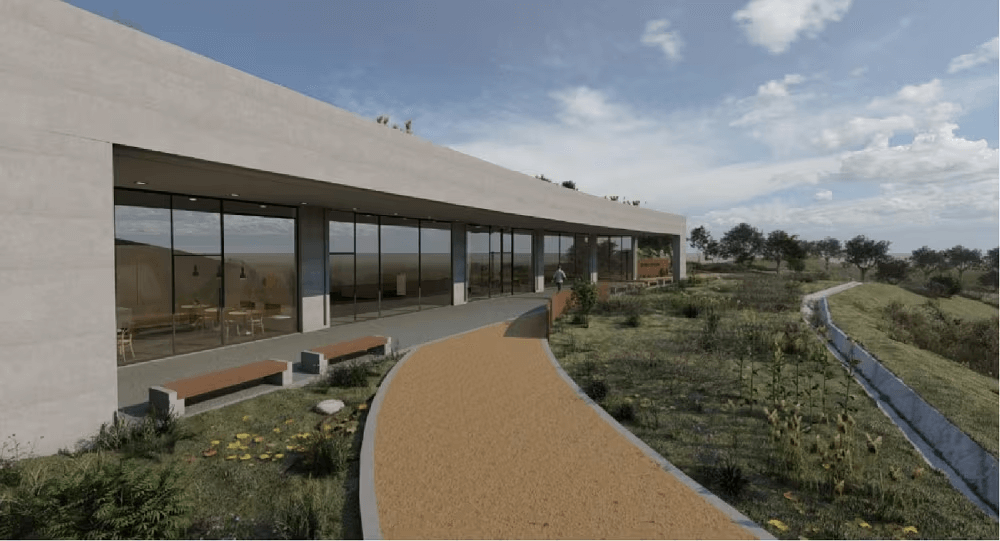The light would enter through the temple’s door on the morning of the Panathenaic festival, reflecting off the statue and the water pools.
The Parthenon, located on the Acropolis of Athens, housed a colossal ivory and gold statue of Athena, the city's protector, crafted by the sculptor Phidias in 438 BC. The statue stood on a pedestal inside the temple's cella, with its core made of wood.
Phidias used ivory for the bare parts of the body and gold, weighing 1,140 kg, for the drapery and hair. The statue depicted Athena fully armored, gazing eastward. In her right hand, she held the goddess Nike, while her left hand grasped a shield and spear. The statue stood at 13 meters tall, embodying the glory and strength of Periclean Athens.
Awe from Grandeur
The view from the temple’s entrance was breathtaking, with a sense of awe enhanced by the carefully designed lighting system and effects, including intricate gaps in the ceiling and strategically placed water pools inside the temple.
The puzzle of the temple's lighting system was first proposed by the French architect Antoine-Chrysostome Quatremère de Quincy in the 18th century, who believed there were openings in the temple’s roof.
In the next century, British architect James Fergusson suggested that the "key" lay in open windows at the roof level. The mystery of the Parthenon’s interior lighting system has now been uncovered by archaeologist and Oxford professor Juan De Lara in a recent article published in The Annual, a journal of the British School at Athens.
The Reflection of Light
De Lara’s 3D reconstructions and calculations are based on physical simulations of light and its reflection on various surfaces to accurately recreate the interaction of natural and artificial light with different elements of the building and the statue inside the temple.
Strategically placed openings in the Parthenon’s roof, internal water pools, windows, and finely polished marble were designed to create a misty effect, making the goddess appear to rise from the shadows in an impressive way.
The Parthenon, apart from being an architectural marvel, was also an optical phenomenon. The temple, like a stage set, was meticulously designed to redirect light, creating a sacred atmosphere and bringing the visitor into contact with the divine. Despite these special effects, it’s worth noting that the temple was relatively dark, as De Lara points out.
Using Digital Tools for Archaeological Discoveries
By applying cutting-edge digital technology, the archaeologist was able to reconstruct the temple's structure with a margin of error of just two centimeters, also reconstructing the statue of Athena.
Next, he calculated the position of the sun at various times of the year and day, based on measurements from the 5th century BC. Ultimately, he concluded that the sun appeared on the horizon only on the morning of the Panathenaic procession, and its light entered through the large door of the temple, reflecting off the statue and enhancing the optical effect of natural light, creating a magical and unique aura.
"Imagine entering the Parthenon—with your eyes still fatigued from the bright sunlight—and gradually adjusting to the darkness inside," De Lara explains.
When the sunlight entered through the gap in the temple's door, a beam fell on Athena’s golden robe, illuminating it. This was the effect the architects and Phidias aimed to create. "It must have been stunning!" De Lara adds.
He concludes: "To maximize the potential of archaeological discoveries, we must continue to embrace technology and digital tools as key partners in exploration and research."







